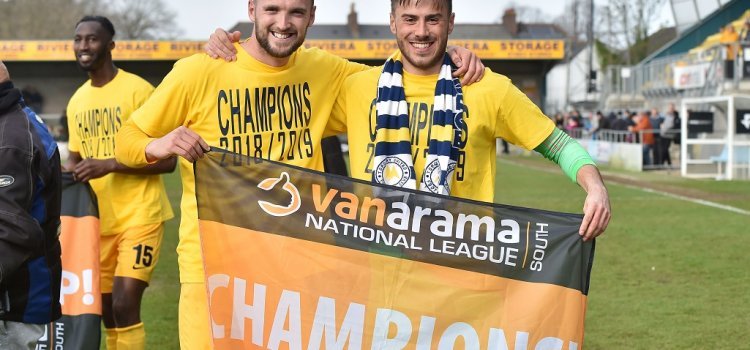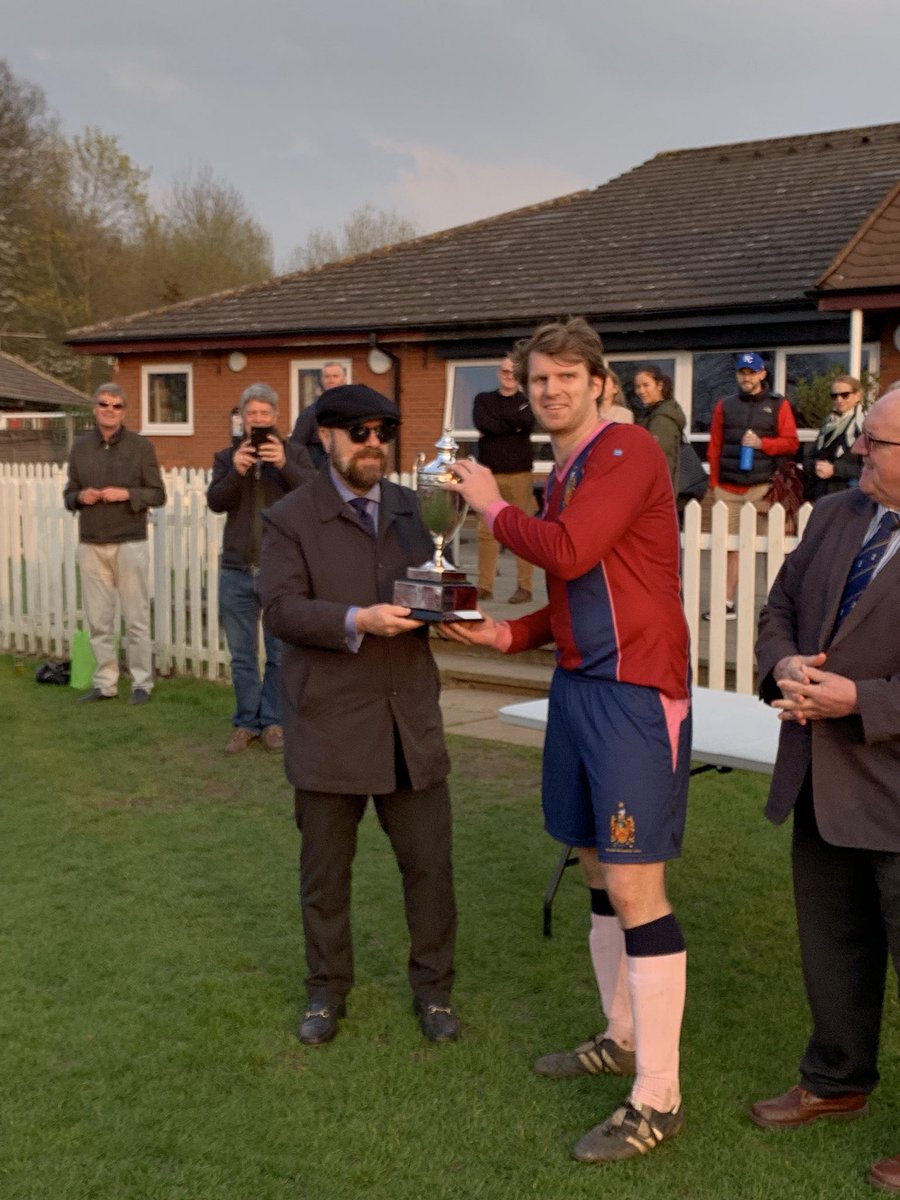The Gulls were flying this weekend, having won their first League title in HISTORY, led ably by manager Gary Johnson. The Gulls have three games to spare having tucked away another seaside resort, Eastbourne Borough 2-0, in the National League South. Close rivals Woking lost at Chelmsford, so that was that. They step up to the National League next season, meeting up with some past Football League teams, Wrexham, Gateshead, Barrow, Hartlepool, FC Halifax, Chesterfield, Barnet, Dagenham and Redbridge.

Their final HOME league game, at Plainmoor, is against Hungerford on Monday 22nd April.

Joining together, football clubs from Ellacombe, Babbacombe and Torquay Town in 1921, helped form the club that join the Western League and eventually the Football League in 1927, HERE IS THAT TEAM.

They came bottom of the Division 3 South in 1930 including a hammering by Millwall 9-1.
In 1959-60 The Gulls came third in the rearranged Division 4, winning promotion to Div 3 only to be relegated in 1961-2 (Accrington Stanley resigned from the FL this season).
Promotion occurred again in 1965-6 and relegation in 1971-2.
In 1984-5 and 1985-6 they came bottom of Div 4 and second root in 1986-7.
During this end of season, automatic relegation to the GM Vauxhall Conference was in place from Div 4.
Torquay's final game was against Crewe (with David Platt on their teamsheet) and Torquay were third from bottom, with 47 points. Below them were BURNLEY 46 pts and Tranmere 47 pts with an inferior goal difference. Lincoln had 48 pts. At half time Crewe were 2-0 up and eventually Torquay scored from a free kick 2-1. Then pichside police dog, Bryn, with seven minutes to go, despite a leash, invaded the pitch thinking a Crewe player was coming to attack its "master". Bryn sunk his teeth into cnere-half, Jim McNichol's leg, causing the game to stop and the ref to note "overtime". In those four minutes of extra time Torquay scored and gained the vital point needed for safety. Lincoln were condemned to the Conference.
1987-8 Cyril Knowles appeared on the scene as manager, getting the club to the Play Offs which didn't go well but the Gulls did earlier clip the wings of Tottenham in the FA Cup.
Lee Sharpe was introduced as a 16 year old debutant, soon to be transferred to Man U for a useful £185,000.
There have been many more ups and downs with Torquay.
In 1990-1 they made the play offs again winning on penalties, with one scored by David Howells' brother, Gareth, Torquay's goalkeeper. Just after that, Justin Fashanu, a first openly gay footballer was signed by the club .
Neil Warnock was knocking around as manager in 1993 and in 1995-6 the Gulls avoided relegation when Stevenage Borough's ground was deemed not fit for the Football League.
In 2006-7 they headed for the Conference and soon the club was in chaos with Leroy Rosenior being re-appointed as manager and sacked and all in a day!
In 2009 Torquay played Cambridge United in the Conference Premier play off at Wembley and won 2-0.
Cambridge's Lee Phillips was recorded as the first to have played in the Non-League play off final three times, with 3 different clubs and lost 3 times!
2014-back to the Conference! 2018-further relegation to National League South.
NOW their first League Championship title since 1927.
As far as more UPS and DOWNS go, their manager list includes Frank O'Farrell 3 times, Bruce Rioch, David Webb, Cyril Knowles, Neil Warnock, Roy McFarland and Keith Curle.
Oh, by the way they did win the Torbay and District League Title in 1908!

 I have been trying to find a game to watch this week, finding myself lounging with a few chums on the Greek island of Crete; mountains covered in snow, warm Mediterranean seas and sharing a pleasant "let" somewhere near Rethymno. You know where that is?
I have been trying to find a game to watch this week, finding myself lounging with a few chums on the Greek island of Crete; mountains covered in snow, warm Mediterranean seas and sharing a pleasant "let" somewhere near Rethymno. You know where that is? OFI in 1954
OFI in 1954
 Ergotelis in1966-7
Ergotelis in1966-7

 On this day in 1974, Denis Law completed a back heel for his team, Manchester City against derby rivals United, which scored a vital goal after 85 minutes, completing the relegation of the club to Division 2. (actually he found out that United would have gone down anyway) Law was substituted as the crowd invaded the pitch. In the next season, under Tony Book's new managership, Law played in a Texaco Cup game, when he scored a goal against Sheffield United at Bramall Lane and then had a final appearance at Maine Road against Oldham Athletic; he retired.
On this day in 1974, Denis Law completed a back heel for his team, Manchester City against derby rivals United, which scored a vital goal after 85 minutes, completing the relegation of the club to Division 2. (actually he found out that United would have gone down anyway) Law was substituted as the crowd invaded the pitch. In the next season, under Tony Book's new managership, Law played in a Texaco Cup game, when he scored a goal against Sheffield United at Bramall Lane and then had a final appearance at Maine Road against Oldham Athletic; he retired. Where is Brackley? Northamptonshire! The club is based at St James' Park, Brackley and the Saints are holders of the Buildbase FA Trophy, the Trophy designed in 1969 for Non-League clubs playing between Tier 5-8. (Tier 4 being Football League Division 2).
Where is Brackley? Northamptonshire! The club is based at St James' Park, Brackley and the Saints are holders of the Buildbase FA Trophy, the Trophy designed in 1969 for Non-League clubs playing between Tier 5-8. (Tier 4 being Football League Division 2).




 Middlesbrough Ironopolis-three times league winners in the 1890s.
Middlesbrough Ironopolis-three times league winners in the 1890s. On October 7th 2013, the Polytechnic was invited to play their Southern Amateur League match at Buckingham Palace to celebrate the 150th year of the Football Association.
On October 7th 2013, the Polytechnic was invited to play their Southern Amateur League match at Buckingham Palace to celebrate the 150th year of the Football Association.
 This is Les and the lads (name them?).
This is Les and the lads (name them?).



